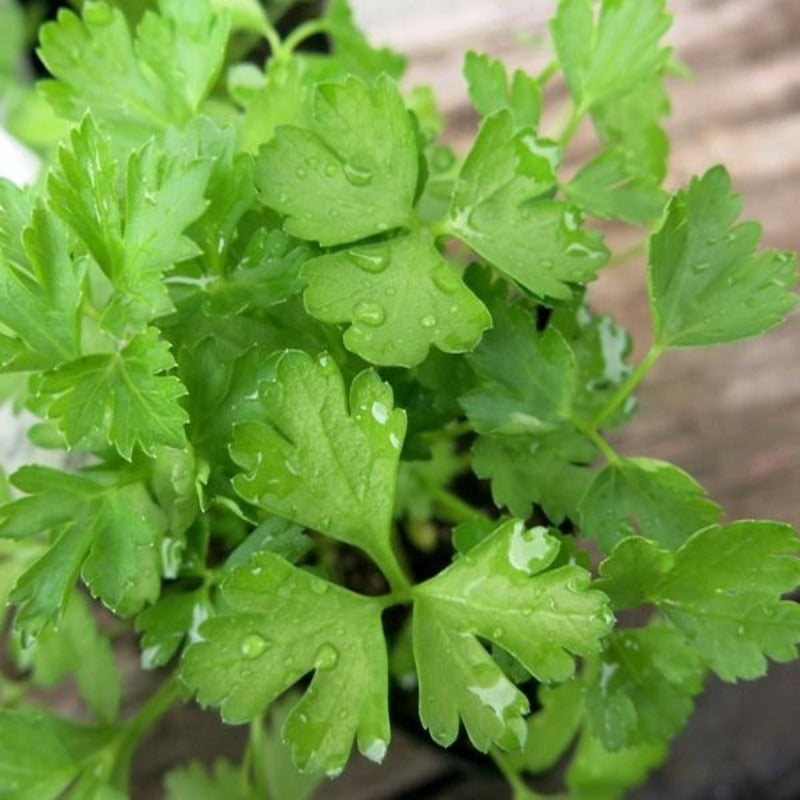- Species and varieties: Coriandrum sativum, commonly known as coriander, cilantro, or Chinese parsley. There are several varieties of coriander, including 'Santo', 'Leisure', and 'Calypso'.
- Hybrid or heirloom: Organic coriander seeds are typically heirloom varieties, meaning they are open-pollinated and not hybridized. This ensures that the seeds can be saved and replanted with consistent results.
- Pruning and training: Coriander requires minimal pruning. Regularly harvesting the leaves can encourage bushier growth. Pinch off flower stalks to prolong leaf production if you are growing it for its leaves.
- Fertilization needs: Coriander prefers well-drained soil rich in organic matter. A balanced fertilizer can be applied at planting time. Additional feeding is usually not necessary, but a light application of compost or a balanced liquid fertilizer can be used if growth appears slow.
- Hardiness zones: Coriander can be grown in USDA hardiness zones 2-11. It is a versatile plant that can adapt to a wide range of climates.
- Climate requirements: Coriander prefers cool weather and can be grown in spring and fall in most regions. It thrives in temperatures between 50-85°F (10-29°C). In hotter climates, it is best grown in partial shade to prevent bolting.










